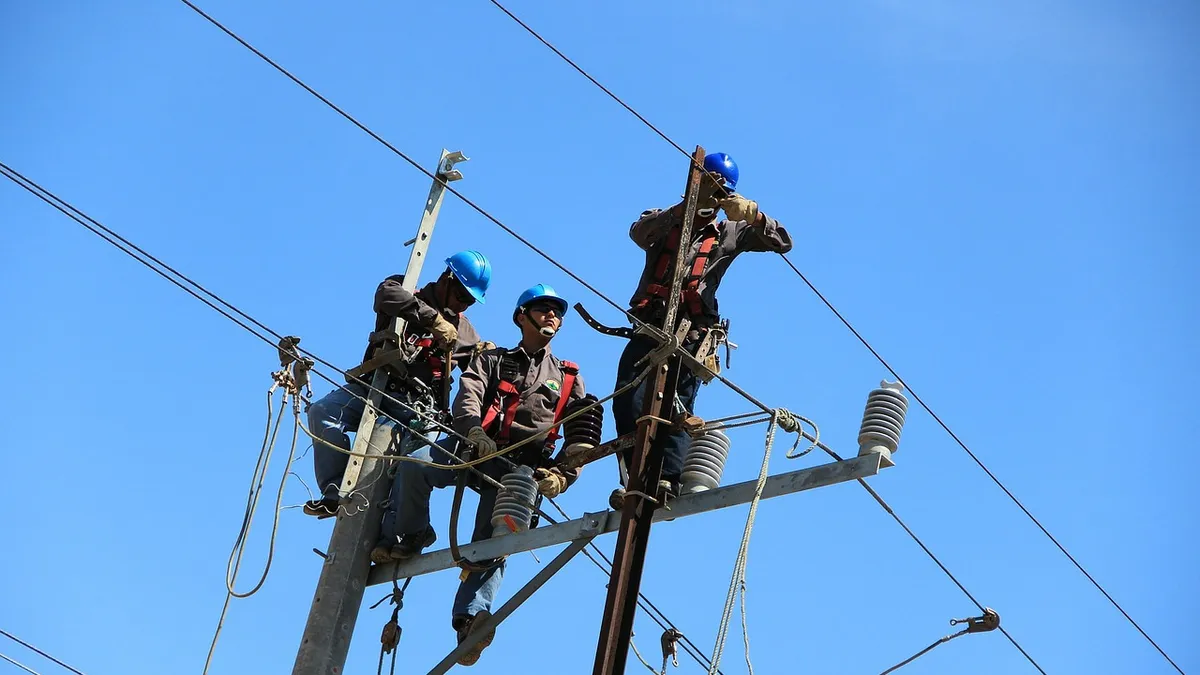The utility landscape is changing rapidly and uncertainties abound as customer demands, technological improvements, and regulatory mandates continue to evolve. One certainty, however, is that the electrical grid will maintain its importance in the future, as utilities transform into distribution platform providers and shift from one-way to bi-directional power flow to accommodate DERs and alternative business models.
Another certainty is that grid reliability will remain a top priority, given that utilities will continue to have an obligation to serve all customers in their chartered service territories. This is carefully measured using reliability performance metrics (i.e. SAIFI/MAIFI, SAIDI, and CAIDI) and utilities must monitor and adhere to these industry levels of performance.
Collectively, these certainties create a solid opportunity for the Next Generation Utility to successfully optimize resource spending to achieve the optimal reliability performance, and make the grid more modern, resilient, and flexible for customers and their evolving needs.
The changes that are driving distribution grid modernization can be classified into two broad categories: those that utilities must react to, and those that are proactively shaping the new grid modernization business model.
Reactive-type transformations and their reliability impacts
Storm hardening, aggressive maintenance programs and performance based asset replacement combined with better storm response have a two-fold impact on reliability. First, these initiatives reduce the number of outages since most grid improvement efforts are undertaken to strengthen infrastructure utilizing state of the art engineering techniques to make the grid less susceptible to wind, lightning, snow, heat, high water and related weather damage. Second, these projects reduce major storm restoration times, in many cases to the point where they are no longer excluded under the IEEE 1366 TMED criteria (a statistical method used to determine “outlier” type events which allows utilities to better measure their system reliability performance under “blue sky” conditions). This, in turn, lowers the five-year TMED exclusion threshold which actually favors the utility in the long run because less severe storm events can be included as TMED days.
Increased DER installations, including PV, storage, and fuel cells, will require better planning and engineering sophistication to maximize benefits and mitigate operational and reliability risks. There will also be a need to examine new cost allocation models for grid improvements to accommodate new DER while maintaining existing grid reliability. Some utilities are implementing grid charges for new DER customers to supplement the lost revenue required for system upgrades and renewals to maintain capacity and reliability. Others are limiting rebates, while some are openly against DER. Future business models will need to accommodate the large number of DER installations and their impact on system operational and reliability considerations.
Proactive-type transformations and their reliability impacts
DER penetration and type (solar, wind, storage) will require changes to standard utility resource planning processes, where infrastructure expansion and reinforcements are required to address increased demand. This includes planned work required for system expansion and upgrades, road widening and relocations scheduled for a given area. Since reliability is an important measure of how a utility is performing against regulatory and customer mandates, and reliability is a large contributor to customer satisfaction, utilities will benefit from updating their engineering design processes. Such updates will not only address the loading and spare capacity of the system, but also design the circuits or system upgrades with reliability that takes into account all impacts on the system such as additional SCADA controlled switches and intelligent isolation devices to reduce the number of customers who are exposed to outages.
Grid modernization plan
The successful Next Generation Utility will provide a coordinated and integrated grid modernization plan that focuses on the following areas:
- Developing regulatory strategies and innovative rate design: Engaging with regulatory stakeholders to identify and meet customer demands, regulatory mandates and system upgrade requirements for the modernized grid.
- Infrastructure hardening and resiliency: Identifying and mitigating preventable outages and developing strategies to harden the grid against those preventable outages.
- Improving customer experiences: Customer expectations are directly shaped by hyper-competitive industries. Thus, understanding cross-industry customer desires and how to bring those to a utility will be important.
- Reliability improvements: Exploiting existing utility data from various sources and improving the quality of decision-making in reliability strategies that focus on improvement.
- Integrated distribution planning: Proactively addressing and incorporating DER into the planning process, and developing a “standard circuit/system” design that meets operational needs, improves reliability and quality of service.
- Proactive asset health management: Continuously monitor asset health, risk, and performance trending over time to anticipate future asset needs.
- Emergency preparedness: Helping stakeholders understand how emergency preparations and response actions impact reliability.
Data analytics underpins each of these areas and will become increasingly important to utilities as they make comprehensive, informative, results-oriented strategic decisions to improve reliability, performance and service all while reducing costs.
The ReliabilityOneTM Analyzer — a tool for system analytics
To help manage all the challenges of the Next Generation Utility, PA developed a sophisticated web based, high speed analytics model that analyzes reliability data to create tailored solutions to improve reliability. The service possesses a unique capability to exploit existing utility data from diverse data sets and sources, and improves the quality of decision-making in reliability performance improvement.
The PA Analyzer provides the ability to understand utilities’ historical reliability performance, identify areas for improvement, and model future investment strategies. It does this by leveraging large volumes of disparate data from multiple sources to yield immediate insights into restoration performance; rapidly simulating the effectiveness of improvement programs; and, shaping reliability improvement strategies within financial constraints
Success tied to the grid
Ultimately, successful utilities will take advantage of every opportunity to improve the overall reliability and value of the interconnected grid, including: using innovative data analytics; enhancing grid automation and service reliability; optimizing integrated resource planning; resiliency preparing for storms and emergency response; enhancing customer choices and integrating customer preferences; and, proactively evolving regulations and policies.










